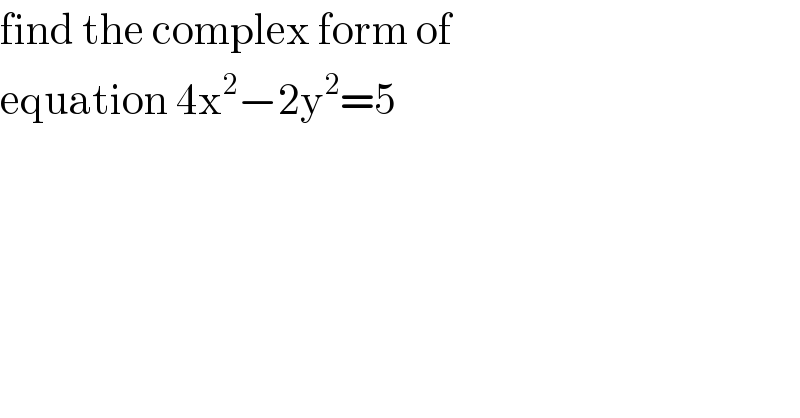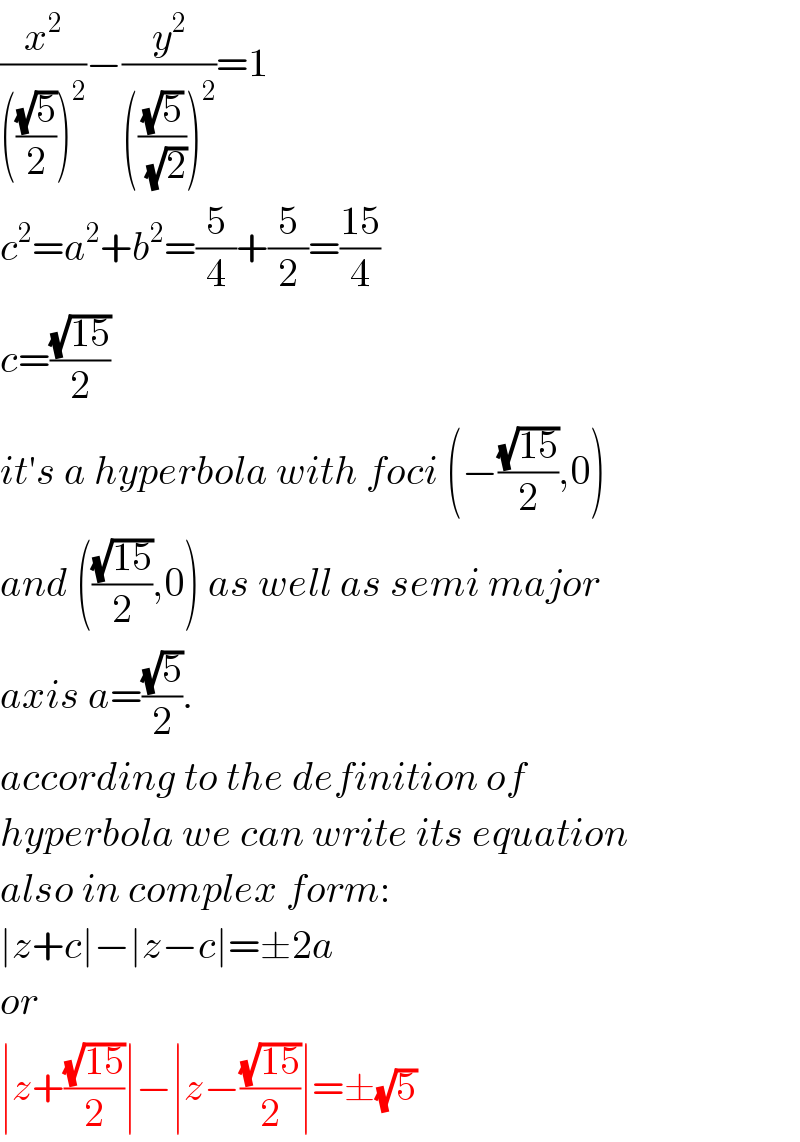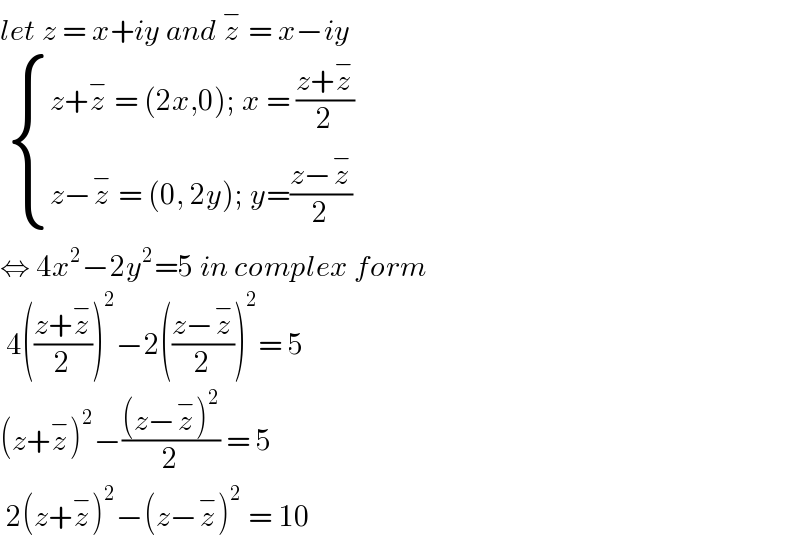
Question and Answers Forum
Question Number 113262 by bemath last updated on 12/Sep/20

Answered by mr W last updated on 12/Sep/20

Commented by mr W last updated on 12/Sep/20

Commented by bemath last updated on 12/Sep/20

Answered by john santu last updated on 12/Sep/20

